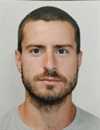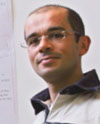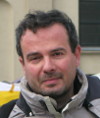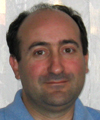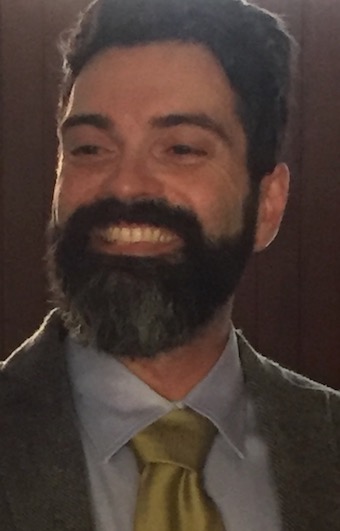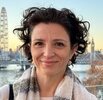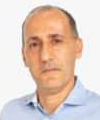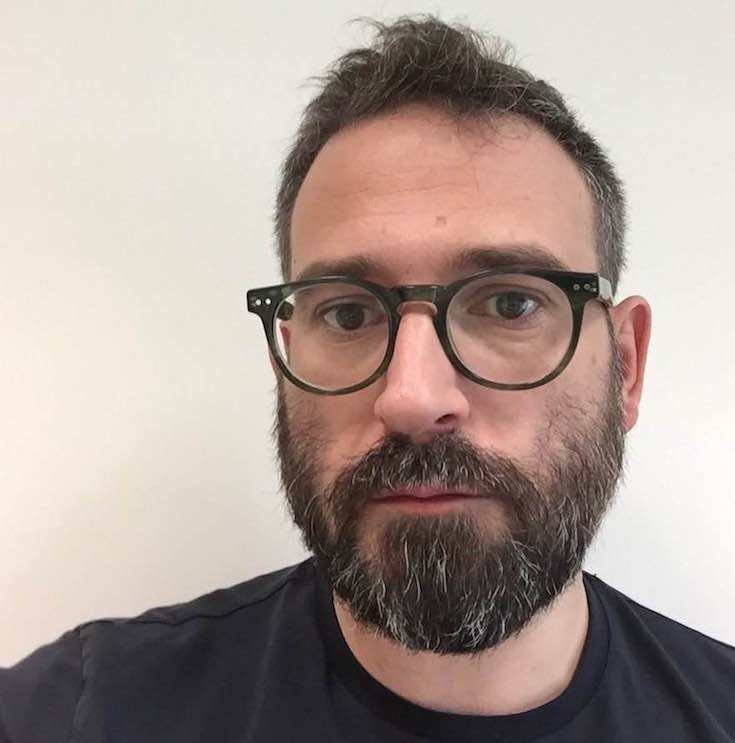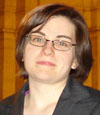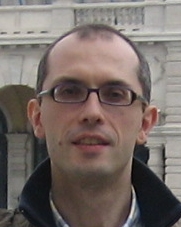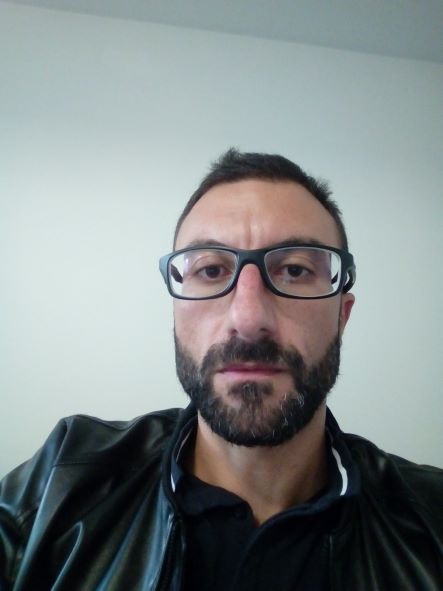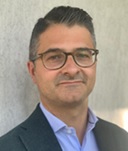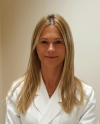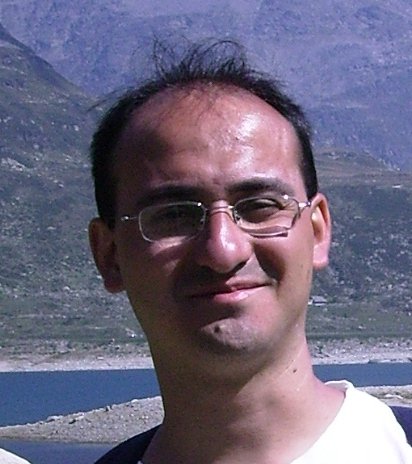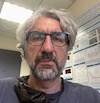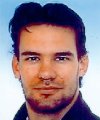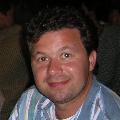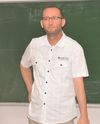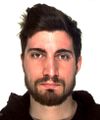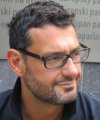Studying at the University of Verona
Here you can find information on the organisational aspects of the Programme, lecture timetables, learning activities and useful contact details for your time at the University, from enrolment to graduation.
Academic calendar
The academic calendar shows the deadlines and scheduled events that are relevant to students, teaching and technical-administrative staff of the University. Public holidays and University closures are also indicated. The academic year normally begins on 1 October each year and ends on 30 September of the following year.
Course calendar
The Academic Calendar sets out the degree programme lecture and exam timetables, as well as the relevant university closure dates..
| Period | From | To |
|---|---|---|
| Primo semestre | Oct 4, 2021 | Jan 28, 2022 |
| Secondo semestre | Mar 7, 2022 | Jun 10, 2022 |
| Session | From | To |
|---|---|---|
| Sessione invernale d'esame | Jan 31, 2022 | Mar 4, 2022 |
| Sessione estiva d'esame | Jun 13, 2022 | Jul 29, 2022 |
| Sessione autunnale d'esame | Sep 1, 2022 | Sep 30, 2022 |
| Period | From | To |
|---|---|---|
| Festa di Tutti i Santi | Nov 1, 2021 | Nov 1, 2021 |
| Festa dell'Immacolata Concezione | Dec 8, 2021 | Dec 8, 2021 |
| Festività natalizie | Dec 24, 2021 | Jan 2, 2022 |
| Festa dell'Epifania | Jan 6, 2022 | Jan 7, 2022 |
| Festività pasquali | Apr 15, 2022 | Apr 19, 2022 |
| Festa della Liberazione | Apr 25, 2022 | Apr 25, 2022 |
| Festa di San Zeno - S. Patrono di Verona | May 21, 2022 | May 21, 2022 |
| Festa della Repubblica | Jun 2, 2022 | Jun 2, 2022 |
| Chiusura estiva | Aug 15, 2022 | Aug 20, 2022 |
Exam calendar
Exam dates and rounds are managed by the relevant Science and Engineering Teaching and Student Services Unit.
To view all the exam sessions available, please use the Exam dashboard on ESSE3.
If you forgot your login details or have problems logging in, please contact the relevant IT HelpDesk, or check the login details recovery web page.
Should you have any doubts or questions, please check the Enrollment FAQs
Academic staff
 elena.antelmi@univr.it
elena.antelmi@univr.it
 anna.barbieri@univr.it
anna.barbieri@univr.it
 mauro.bonafini@univr.it
mauro.bonafini@univr.it
 maurizio.boscaini@univr.it
maurizio.boscaini@univr.it
 mila.dallapreda@univr.it
mila.dallapreda@univr.it
 michele.ginesi@univr.it
michele.ginesi@univr.it
 giovannigerardo.muscolo@univr.it
giovannigerardo.muscolo@univr.it
 giandomenico.nollo@unitn.it
giandomenico.nollo@unitn.it
 andrea.roberti@univr.it
andrea.roberti@univr.it
 luca.selmi@unimore.it
luca.selmi@unimore.it
 claudio.tomazzoli@univr.it
claudio.tomazzoli@univr.it
 federico.tramarin@univr.it
federico.tramarin@univr.it
 ihsen.yengui@univr.it
ihsen.yengui@univr.it
 franco.zivcovich@univr.it
franco.zivcovich@univr.it
 simone.zuccher@univr.it
simone.zuccher@univr.it
Study Plan
The Study Plan includes all modules, teaching and learning activities that each student will need to undertake during their time at the University.
Please select your Study Plan based on your enrollment year.
1° Year
| Modules | Credits | TAF | SSD |
|---|
2° Year activated in the A.Y. 2022/2023
| Modules | Credits | TAF | SSD |
|---|
3° Year activated in the A.Y. 2023/2024
| Modules | Credits | TAF | SSD |
|---|
1 MODULE TO BE CHOSEN BETWEEN THE FOLLOWING| Modules | Credits | TAF | SSD |
|---|
| Modules | Credits | TAF | SSD |
|---|
| Modules | Credits | TAF | SSD |
|---|
1 MODULE TO BE CHOSEN BETWEEN THE FOLLOWING| Modules | Credits | TAF | SSD |
|---|
Altre attività formative: lo studente può scegliere tra le 2 seguenti opzioni: a) 2 CFU di seminari al 2 anno e 7 CFU di tirocinio al 3 anno oppure b) 9 CFU di tirocinio al 3 anno.Legend | Type of training activity (TTA)
TAF (Type of Educational Activity) All courses and activities are classified into different types of educational activities, indicated by a letter.
Sensor network and wearable devices (2023/2024)
Teaching code
4S009889
Teacher
Coordinator
Credits
6
Language
Italian
Scientific Disciplinary Sector (SSD)
ING-INF/05 - INFORMATION PROCESSING SYSTEMS
Period
Semester 2 dal Mar 4, 2024 al Jun 14, 2024.
Courses Single
Authorized
Learning objectives
The course aims to provide technical knowledge on the components underlying remote monitoring and control applications for prevention, coaching, treatment and rehabilitation. At the end of the course the student will have to demonstrate the ability to understand the problems of miniaturization, robustness, energy consumption and reliability at the basis of human-centered monitoring and control applications and the ability to apply the knowledge related to personal area networks and wearable devices. The students will also have to demonstrate that they have the necessary skills to continue their studies independently in the field of personal area networks and wearable devices.
Prerequisites and basic notions
Principles of computer networks
Program
Theory
- IoT and sensor networks
- HW components
- Network architecture
- Time synchronization
- Energy management
- Security and privacy
Laboratory
- Presentation of the tools for the exercises
- Introduction to the use of Nordic Thingy 52
- Set up of the Python environment for IoT projects
- Management of the BLE protocol in Python
- Data collection in JSON format with MongoDB - Streamlit library
- Synchronization of a Body Area Network
- Implementation of a Wireless Body Area Network
- Introduction to the use of Edge Impulse and Nordic Thingy 53
- Definition of a pipeline for human activity recognition
Bibliography
Didactic methods
Teaching will be organized in lectures, exercises and self-assessment activities.
Learning assessment procedures
The exam consists of a written test containing questions and exercises.
It is also possible, but not mandatory, to carry out:
- the presentation of an in-depth study in the field of sensor networks and wearable devices;
- the development of a web/mobile application based on sensor networks and wearable devices; - the configuration and analysis of a simulator for sensor networks and smart objects.
Evaluation criteria
To pass the exam, students must demonstrate they:
- Understand the principles underlying the architecture and operation of a sensor network, the related communication protocols, and the main types of wearable devices necessary for the development of remote monitoring and control systems for humans and objects.
- Are able to present their knowledge in a precise and organic way without digressions.
- Knowing how to apply the acquired knowledge to solve application problems presented in the form of exercises, questions and projects.
Criteria for the composition of the final grade
The written test is passed with a grade greater than or equal to 18/30 and allows you to obtain a maximum grade of 30/30.
The optional part allows you to obtain up to 4/30 points to be added to the score of the written test.
Exam language
Italiano
Type D and Type F activities
Le attività formative di tipologia D sono a scelta dello studente, quelle di tipologia F sono ulteriori conoscenze utili all’inserimento nel mondo del lavoro (tirocini, competenze trasversali, project works, ecc.). In base al Regolamento Didattico del Corso, alcune attività possono essere scelte e inserite autonomamente a libretto, altre devono essere approvate da apposita commissione per verificarne la coerenza con il piano di studio. Le attività formative di tipologia D o F possono essere ricoperte dalle seguenti attività.
1. Insegnamenti impartiti presso l'Università di Verona
Comprendono gli insegnamenti sotto riportati e/o nel Catalogo degli insegnamenti (che può essere filtrato anche per lingua di erogazione tramite la Ricerca avanzata).
Modalità di inserimento a libretto: se l'insegnamento è compreso tra quelli sottoelencati, lo studente può inserirlo autonomamente durante il periodo in cui il piano di studi è aperto; in caso contrario, lo studente deve fare richiesta alla Segreteria, inviando a carriere.scienze@ateneo.univr.it il modulo nel periodo indicato.
2. Attestato o equipollenza linguistica CLA
Oltre a quelle richieste dal piano di studi, per gli immatricolati A.A. 2021/2022 e A.A. 2022/2023 vengono riconosciute:
- Lingua inglese: vengono riconosciuti 3 CFU per ogni livello di competenza superiore a quello richiesto dal corso di studio (se non già riconosciuto nel ciclo di studi precedente).
- Altre lingue e italiano per stranieri: vengono riconosciuti 3 CFU per ogni livello di competenza a partire da A2 (se non già riconosciuto nel ciclo di studi precedente).
Tali cfu saranno riconosciuti, fino ad un massimo di 3 cfu complessivi, di tipologia D. Solo nel caso in cui la data di acquisizione della certificazione sia precedente al 27/10/2023 (data della delibera del Collegio didattico di Ingegneria dell'Informazione) potranno essere riconosciuti un massimo di 6 CFU, come precedentemente previsto. Ulteriori crediti a scelta per conoscenze linguistiche potranno essere riconosciuti solo se coerenti con il progetto formativo dello studente e se adeguatamente motivati.
Per gli immatricolati A.A. 2023/2024 i crediti per certificazioni linguistiche ulteriori a quelle previste dal piano didattico vengono riconosciuti come crediti sovrannumerari taf D.
Modalità di inserimento a libretto: richiedere l’attestato o l'equipollenza al CLA e inviarlo alla Segreteria Studenti - Carriere per l’inserimento dell’esame in carriera, tramite mail: carriere.scienze@ateneo.univr.it
3. Competenze trasversali
Scopri i percorsi formativi promossi dal TALC - Teaching and learning center dell'Ateneo, destinati agli studenti regolarmente iscritti all'anno accademico di erogazione del corso https://talc.univr.it/it/competenze-trasversali
Modalità di inserimento a libretto: non è previsto l'inserimento dell'insegnamento nel piano di studi. Solo in seguito all'ottenimento dell'Open Badge verranno automaticamente convalidati i CFU a libretto. La registrazione dei CFU in carriera non è istantanea, ma ci saranno da attendere dei tempi tecnici.
4. Periodo di stage/tirocinio
Oltre ai CFU previsti dal piano di studi (verificare attentamente quanto indicato sul Regolamento Didattico): qui il VADEMECUM DELLE ATTIVITÀ DI TIROCINIO (indirizzo email della Commissione tirocini: tirocini-ismp@ateneo.univr.it ); qui la relativa pagina informativa (con link a moodle); qui informazioni su come attivarlo.
Insegnamenti e altre attività che si possono inserire autonomamente a libretto
| years | Modules | TAF | Teacher |
|---|---|---|---|
| 1° | Subject requirements: mathematics | D |
Franco Zivcovich
|
Career prospects
Module/Programme news
News for students
There you will find information, resources and services useful during your time at the University (Student’s exam record, your study plan on ESSE3, Distance Learning courses, university email account, office forms, administrative procedures, etc.). You can log into MyUnivr with your GIA login details: only in this way will you be able to receive notification of all the notices from your teachers and your secretariat via email and soon also via the Univr app.
Attendance
The inter-university nature of the course of study lies in the cooperation of the three universities in the provision of faculty. Therefore, teaching delivery takes place at the administrative and teaching site in Verona and not in the partner universities. This means that it is not possible to attend this bachelor's degree program in the University of Trento or Modena-Reggio Emilia; however, it is possible to use the study spaces of the partner universities, thanks to the agreement between them.
As stated in the Didactic Regulations for A.Y. 2022/2023, course attendance is not mandatory.
Career management
Student login and resources
Erasmus+ and other experiences abroad
Graduation
List of theses and work experience proposals
| theses proposals | Research area |
|---|---|
| THESIS_1: Sensors and Actuators for Applications in Micro-Robotics and Robotic Surgery | Various topics |
| THESIS_2: Force Feedback and Haptics in the Da Vinci Robot: study, analysis, and future perspectives | Various topics |
| THESIS_3: Cable-Driven Systems in the Da Vinci Robotic Tools: study, analysis and optimization | Various topics |


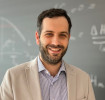
 0461 283551
0461 283551

